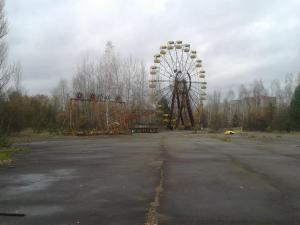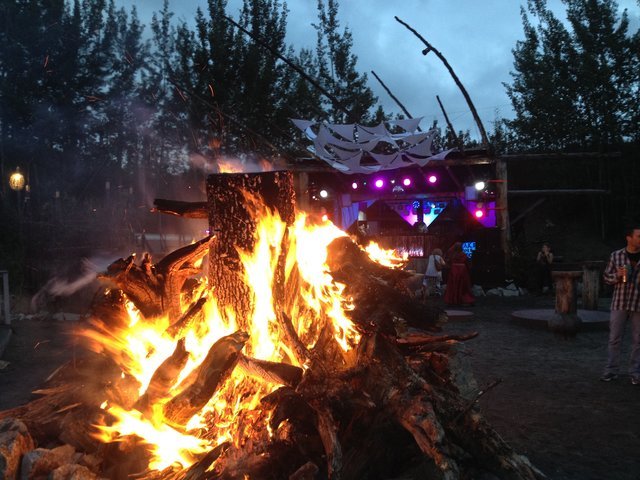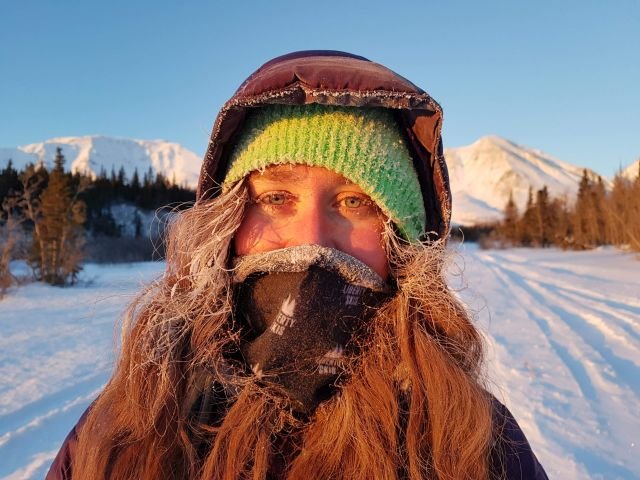
I first arrived in the Yukon on April 30, 2017—springtime. Throughout the summer, Yukoners would catch my accent and ask where I was from, to which I would reply, “Australia.”
“Oh my, why would you move here?” they would say, as though they thought I had gotten lost on my way to Whistler.
“Why would you ever leave a warm place?” they would ask, confused that I may not have grasped that I had left a tropical paradise for a white, “empty” wilderness.
“Oh, you haven’t seen a winter here yet,” they’d say, with a facial expression conveying grave concern for my well-being and future survival.
Well, here I am! Still alive, surprisingly without frostbite, and still moderately sane, but certainly ready for spring.
Personally, the most-difficult time during the winter months are the two months with extremely short daylight hours (December and January), with overcast clouds (accompanied by the constant lack of motivation to do anything). I mean … come on, -40 C!
But February 1 came, and all of a sudden there was daylight and hope. When you’re stuck inside at work all day, the darkness can get to you, but once daylight returns, before and after work hours, I feel my personality lift.
Here are my top tips and tricks on how I survived my first Yukon winter:
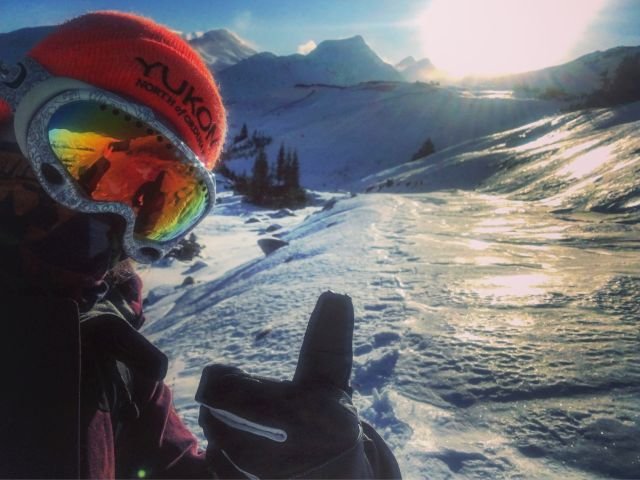
Clothing
By far the most important aspect of surviving a Yukon winter is clothing. Even if you see Yukon teenagers, at -30 C, wearing tennis shoes and a hoodie with ripped jeans, the rest of us mere mortals need to keep warm.
I invested in a parka from Helly Hansen, before winter began, and it has been the best investment I have made in my life. Even with a gusty -40 C wind, I am warm. Another investment for activities, such as hiking or being outside in the freezing cold, were my Sorel boots (rated for -40 C). Insulation is your friend.
When you venture into outdoor activities, you need to understand the differences that will impact your body, based on the clothing you wear. An example: ski touring in White Pass vs. skiing at Mount Sima.
When I ski tour, I dress as though I am skiing down south in B.C. (minus the required Gore-Tex jacket that is only needed if it’s windy) because there is little wet precipitation up here. Even at -40 C I’ve gone out with a base layer (Stanfield’s merino long johns, long sleeves and Darn Tough ski socks), ski pants (Spyder Gore-Tex, insulated), my puffy jacket (Columbia) and ski boots (Salomon). And even at -30 C, I am sweating as soon as I start moving.
On the other hand, I need to increase my clothing and warmth when at Mount Sima because you have eight minutes of sitting on the chair lift. That eight minutes can be the longest eight minutes if the wind is blowing at you, even at -10 C. I add my Cappel Ride insulated ski jacket, plus I use hand warmers and full-length foot warmers (even those doesn’t keep my toes warm most days).
Anything colder than -25 C and you must wear a full face mask (Outdoor Research full face mask) or frostbite will ensue. When I’m skiing at Mount Sima, I wear this in any temperature, because skiing equals wind on the face.
Biggest tip: Invest in quality clothing and take extra layers and warmers until you realize what works for you, in what temperature, for whatever activity.
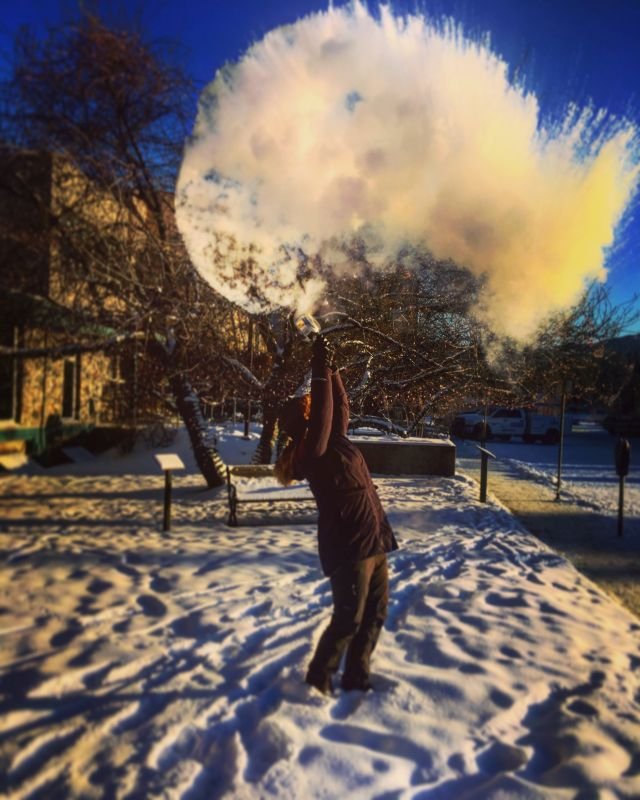
Equipment
The Yukon has lots of outdoor activity, and you need to be prepared to keep yourself and your equipment winter-ready. Knowing how to keep yourself warm with your equipment can be vital, particularly if those items are required for your safety.
When I drive to White Pass, I have boot heaters that I can plug into my car while I’m driving so I have toasty-warm ski boots to put on.
I keep my phone, as well as extra batteries for my head lamp and GoPro, in my puffy jacket pocket. I have a lanyard to keep my GoPro around my neck and inside my jacket. It is bulky, but if you want to take pictures, you have to do this. I don’t have a GPS, but I recommend keeping your tracker inside, against your body, too, because at -40 C it will freeze and not work (which I’ve seen happen).
A tip for keeping food and water warm can be keeping a cooler bag with hand warmers inside your backpack. I often just put a Cliff Bar inside my sports bra for a snack and find, most of the time, that if you shake the water from the lid of your water bottle before closing it, you won’t have issues with accessing your water. However, in some circumstances, my water was frozen solid.
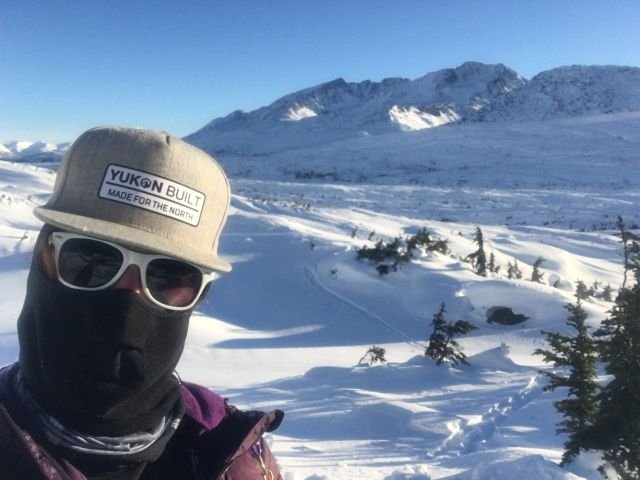
Vehicle
My car is my baby and my lifeline to adventure and freedom in discovering the Yukon. This was my first-ever experience in plugging in my car, which felt almost comical, like it was a toy car or something …
In September, I had my car pass a winter check, had my oil changed and lifesaving winter tires put on. I soon realized the importance of plugging in, and also realized the importance of the decisions I made, in extreme cold, about where I would adventure. At -30 C, arriving into the White Pass, I will usually opt to ski at Log Cabin or Fraser because access to help is close by if needed. So, being aware of your location and access to help is key. When I drive through the passes or drive long distances, I take my -22 C sleeping bag and emergency Bivvy extreme blanket. I also pack a candle and first aid kit in my vehicle and have military emergency self-heating food.
Biggest Tip: Things will freeze in your pack or your vehicle. If they aren’t on your body or in pockets with hand warmers, they will not work after a couple of hours. Be prepared and think about all your battery-operated devices and the liquids and foods that you bring.

Keep busy and be social
There’s nothing easier than just slipping into your pajamas after work and sitting at home and watching TV, avoiding human interaction and hibernating like bears for the winter. It’s really important to keep social and keep busy.
Make sure to eat at a restaurant or meet some buddies at a bar. Join a volunteer organization or sports team to motivate you to go outside. The busier you are, the less you will notice the cold and darkness. It will certainly help keep you sane.
Biggest Tip: The weather can be a chaotic, bipolar mess, so you can't plan anything. Always have options for when things change from -5 to -40 C in a single day, with road closures or things getting cancelled/closed on short notice. I don’t make a decision for my Saturday until Friday night, and I’ve even had to change my plans last minute on a Saturday morning due to avalanche closure of the highway.
Keep active
December is a critical month for your body. There is darkness when you go to work, and darkness when you go home.
There’s the constant temptation of Christmas parties, which will conflict with the urge to simply bail on going outside in the dark and cold and to sit at home in your pajamas while comfort eating. Very quickly, you realize, come January, that your clothing has gotten a little bit tighter or, in my case, that some things just don’t fit at all.
It’s hard keeping the motivation to go for a walk or drive to an event when it’s dark, -40 C outside and warm inside. So your body suffers.
It’s imperative to keep active, if only so you don’t have to buy new clothes. The Canada Games Centre (CGC) has a diverse range of indoor options for those who can’t brave cross-country skiing at -30 C.
Biggest Tip: The social sports, fitness classes and hot tub … Joining the CGC, with all of these activities, kept me busy and somewhat fit and social at the same time. These incredible activities are available at reasonable prices.
